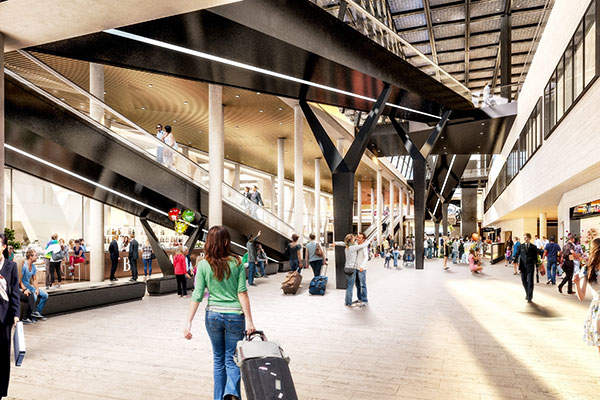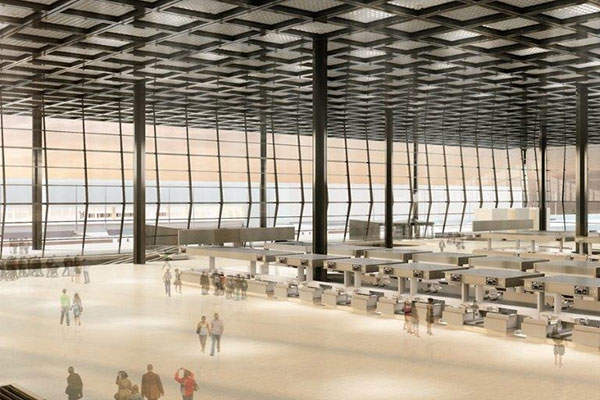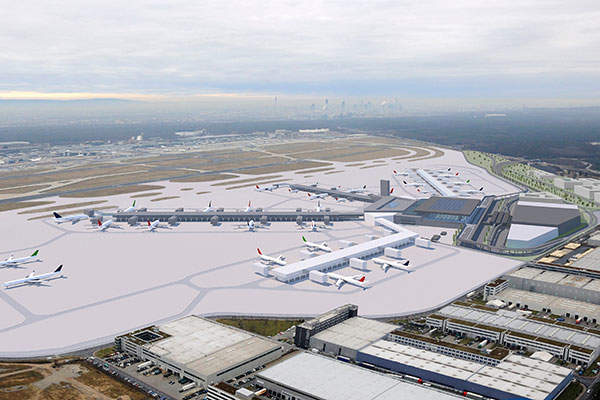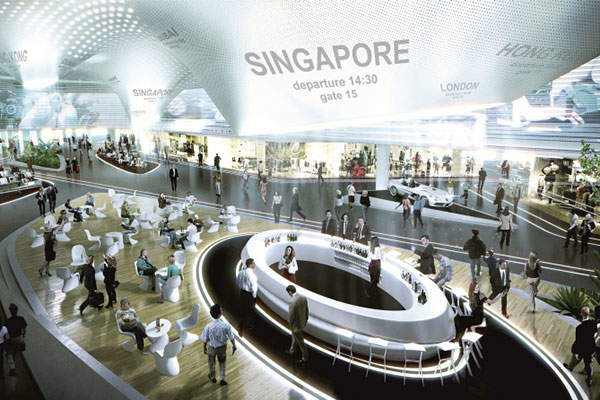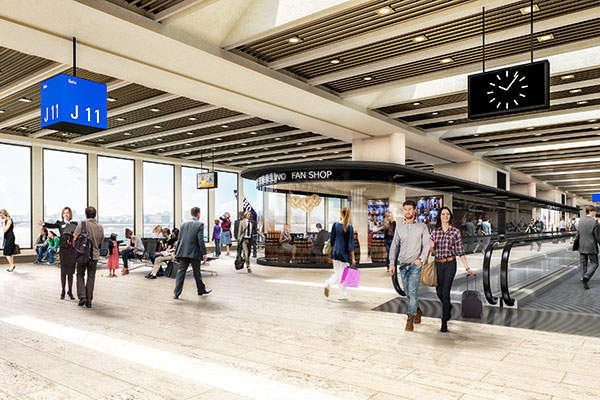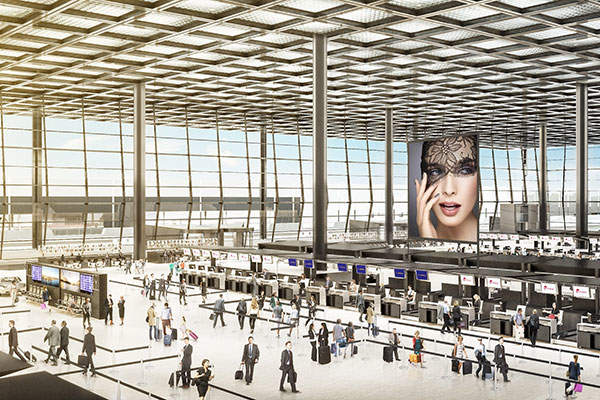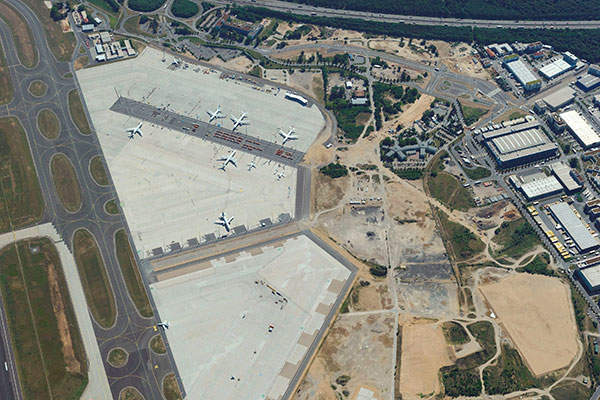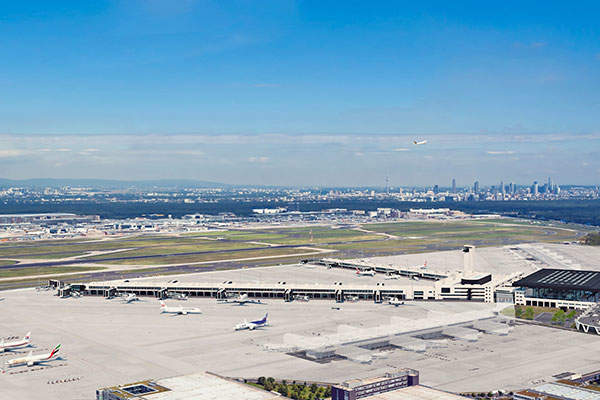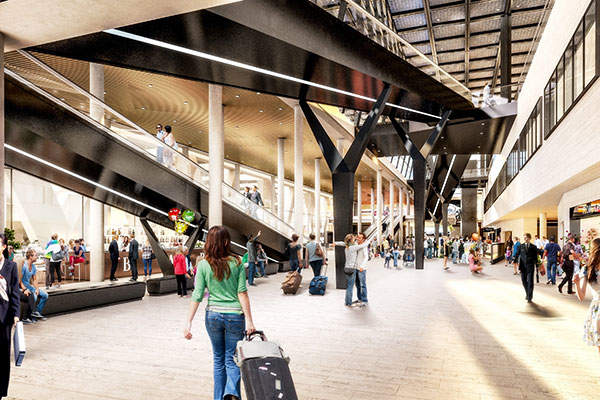Frankfurt International Airport, owned by Fraport, is Germany’s busiest airport and serves as the ‘Gateway to the World’ for the state of Hesse and Germany. To accommodate the projected traffic growth at the airport, Franport approved the construction of a new passenger terminal in April 2015.
Fraport’s decision was based on a comprehensive analysis of an audit study conducted by the Hesse state government to evaluate the airport’s future capacity requirements. The studies projected that the passenger volumes at the airport will rise between 68 million and 73 million by 2021 from the current 64 million passengers a year.
After thorough assessment of all the traffic forecasts and the related studies, Fraport started the construction of Terminal 3 in October 2015. The building work is expected to take approximately seven years, with opening of the facility anticipated for 2022.
Frankfurt’s Terminal 3 project background
Fraport received a building permit for the new terminal from the City of Frankfurt in August 2014. City authorities approved the project under the airport’s expansion programme in the official zoning procedure.
In September 2014, two independent research institutes conducted expert studies on Frankfurt Airport‘s forecast passenger growth in compliance with recognised scientific standards. The research reports were audited by the Hesse state government, based on which Fraport has announced its final decision to construct a new terminal on the southern side of the airport.
The audit also examined the possibility of constructing the new terminal in the northern side of the airport. It was finally concluded that constructing T3 in the southern side would be the most viable option.
Other alternatives proposed by the Hesse Government to expand the airport’s capacity were to extend the northern end of Pier A-Plus and to construct a new extended Pier C. Both options were found to be less effective as they would require high investments but wouldn’t provide the required passenger capacity or additional docking positions for aircraft. They also lack the required zoning and legal permissions from aviation authorities.
Fraport also considered increasing the overall capacity of the existing terminal buildings to meet the increasing demand. Building a new terminal was, however, again found to be a feasible solution in order to meet the current and future needs of the airport, as well as ensure quality and convenience for passengers.
Terminal 3 construction
The €3bn ($3.33bn) Terminal 3 project will be one of Germany’s biggest infrastructure developments. It is being constructed towards the south of the airport on the premises of the former US Military base. The construction is being carried out in two phases based on the modular construction concept.
The first phase includes construction of the 90,000m² main terminal building, which will feature check-in desks, security controls, space for retail, transfer and arrivals areas, and baggage handling, as well as the construction of two piers H and J with 24 terminal docking positions of the total 50.
These facilities will be sufficient to serve 14 million passengers a year. Exterior areas, roads and access facilities around the new Terminal 3 and an additional autobahn entry will also be constructed during the phase.
The new terminal will be connected to the existing Terminals 1 and 2 and other airport infrastructure, including train stations by expanding the baggage conveyor system and Sky Line’s passenger transfer system.
The first phase of Terminal 3 is scheduled to be operational by 2022 after a thorough trial operation and successful functional tests.
Automation system at the new terminal
Canzler won the contract to install automation and control system at Terminal 3 in October 2013. The building’s automation system provides approximately 150,000 automation functions, including controlling, regulating and monitoring air conditioning technology, fire alarm systems, smoke extractions, doors, gates and elevators.
All the functions will be operated through a separate automation system equipped with programmable logic control (PLC) to guarantee maximum system reliability and high-availability.
Apart from planning and consultancy, Canzler is also responsible for the tendering, awarding process, and property monitoring.
Contractors involved
Grontmij was selected to design the new terminal. Instead of awarding the entire construction project to a single general contractor, Fraport will award multiple contracts to a number of companies performing specific tasks. This method was proved successful for Terminal 1, which was opened in 2012 on schedule and on budget.
The contract distribution also allows regional companies to show their expertise and be benefited from the work.
Sustainability of the proposed terminal
Construction of the new terminal aims at achieving optimal energy efficiency with the lowest CO2 emissions possible by following highly efficient energy standards. It is being constructed with the technical concept, which encourages its operation without fossil energy sources and the supply of external heating energy.

